I remember a few years ago when I wrote a paper on debates around water privatization and submitted it to a journal for peer review. I became really frustrated when one of the reviewers told me: “well, you really have NOT mapped out the debates in the literature, so your paper would be better served by you providing us with a list of the debates that your paper is supposed to address”. This reviewer comment not only took me by surprise but also made me realize that I had no systematic process to think about debates in the literature. How was I supposed to map these debates? And then it hit me like a pack of bricks: NOBODY TEACHES YOU HOW TO MAP DEBATES IN THE LITERATURE. Yet another part of the Hidden Curriculum that is never taught but always assumed you ought to know. And I’m a Full Professor!
Since I supervise and mentor PhD students much more now than I used to at the beginning of my career, and given that some guidance on how to map a debate might be useful not only for students and other types of learners but for all of us in academia, I thought about what kinds and types of debates can we have and how I can develop a method to map them out.
Categorizing different types of debates: By structure of the debate
First of all, I thought about the different types of debates we have. One way of classifying them is on the shape of their positions: whether they are Dichotomic/Binary (Yes/No, Pro/Against, Right/Wrong) or Nuanced/On A Spectrum (Conditional). An easy way of testing this classification is precisely water privatization. There are usually two positions in the scholarly literature on this topic: for and against. Those who believe privatized water utilities can provide better service delivery are usually pitted against those who believe that the role of local governments’ water utilities is to provide water as a public service. These are generally speaking the two main camps in the literature. In the public administration and public policy literatures, the public vs. private service provision is a very healthy, sometimes heated, and strong debate.
Another clear example of relatively dichotomic separation in the debates is the structure-agency debate. At the center of this debate resides the question of whether individual actions are driven by contextual factors, overarching elements such as institutions (the structure), or by their own individual ability and interest in doing things (the agency). This is one of the most important debates in sociology, and it is often borrowed across disciplines.
There are multiple binary/dichotomic debates in social sciences. In one of my core disciplines, public policy, a binary debate is usually centered on whether policy evolves incrementally or through a punctuated equilibrium. Other debates can be more methodological: should we use qualitative methods or quantitative methods to study social problems? International relations has interesting debates: should we/should we not use nuclear weapons? Climate policy also has dichotomic debates: should we/should we not use geoengineering as a solution to climate challenges? All of these are valid, important and relevant.
Across disciplines, we will always find debates and positions that are pointedly opposed to one another. But what is more important is to realize that not all debates are binary or dichotomic. Many debates can be mapped across a spectrum. For example, in the federalism literature (and multilevel governance), there are positions on degree of decentralization of public functions, from heavily centralized to decentralized, polycentric models of governance. My Mom (also a professor of political science) is an expert on federalism, so we have had many conversations about this topic over the years. Proponents of federalism and decentralization suggest that the best way to govern is closer to the people who elected their representatives, so most of the important public service functions are decentralized and provided at the local level. On the other side of the spectrum we have hierarchical models where the central authority is the federal government, which is often the one that collects the most taxes from citizens. But there might be some intermediate positions where some authors agree on the value of decentralizing, but not every public function.
In one of my key fields (water governance), there’s a spectrum-style debate around formality and informality in water supply. The question here is not so much “should water delivery be state-led, formalized, or can it be provided through informal means?”, but instead, how do we study an empirical regularity: this means that rather than categorizing water provision as formal or informal, we need to situate it within a spectrum of informality. Thus, we have a categorization debate where we can map out the positions across the spectrum, from fully formalized water delivery (water utilities) to fully informal (carts, bottle refilling stations, etc.)
Another debate that could be first posited as a Binary/Dichotomic Debate and then as a Continuum or Conditional Debate is the use and consumption of bottled water. There are usually two camps: one that argues that bottled water consumption is necessary because local water utilities’ infrastructure is so poorly maintained that it precludes its direct consumption at the household tap. The other one argues that bottling water is akin to commodifying the human right to the vital liquid, and therefore, bottled water should never be consumed. The Conditional/Continuum/Spectrum Debate position would be one where under certain circumstances, consuming bottled water (or packaged water, as it is) would be ok. One example is in certain African countries where sachet water is the only way to deliver the vital liquid to drought-afflicted, infrastructure-weak localities.
There are also some debates that can be best understood and structured as Multifactorial. For example, in another of my research areas, homelessness, there are some extreme positions that argue that homelessness is due to mental health issues. Another camp argues that individuals experience homelessness as a result of lack of affordable housing. In all truth, homelessness is a multifactorial phenomenon, and therefore, it is important to discuss all the different factors that come into play: poor social policies, lack of affordable housing, mental health challenges, etc. In this type of discussion, mapping the different debates is less about establishing value-laden positions and more about distinguishing between the various elements that are relevant to a phenomenon.
We can also consider debates across a Temporal/Chronological dimension: how has our thinking or how have opinions about a specific topic evolved over time? For example, on the issue of homelessness, the early 1980s focused on policy solutions that were charitable. The 1990s saw an evolution of homelessness policy that promoted transitional housing as the key solution to the public challenge of growth in the number of unhoused individuals. Finally, the 2000s is the period where Housing First and other types of permanent, stable homes as the key policy solution were promoted.
Water governance has also had Chronological debates: in the 1980s, we talked about centralized governance. The 1990s saw the emergence of Integrated Water Resources Management (IWRM), where more decentralized options were suggested. Finally, the 2000s has seen the emergence of polycentric water governance, where power is shared across multiple nodes of the network.
Categorizing debates by type: By organizing principles)
We could also classify debates across different Organizing Principles (depending on the topic or issue or category):
- Theoretical: Which theory(ies) better explain a phenomenon?
- Methodological: Which method better answers a research question?
- Empirical/Case Based: Which case better illustrates a particular element.
- Normative: Which values/principles should guide specific policies?
There are obviously Theoretical, Methodological, Empirical, Normative debates in any field and discipline. What I think is important here is to remember that when we talk about debates in the literature we often aren’t talking about polarized opinions/discussions (for example, “is drinking bottled water ethical?”), but more about nuanced positions. More importantly, when we map out debates, we are also doing an inventory of who has said what about an issue, who has studied X and from which perspectives. This is where knowing how to conduct a solid review of the literature comes handy. Knowing what you are looking for, and what types of debates you are trying to map is crucial.
Mapping out debates in the literature
Now that I’ve covered the different types of debates in the literature, the question remains: how are we supposed to map those out? I suggest a simple process here:
Step 1: Identify the core disagreement/element of discussion: For example, in the field of water provision: should governments provide water or should service delivery be the responsibility of a private entity?
Step 2: Identify the type of debate you are finding in the literature: Are authors positioned along a continuum? Does the scholarly work you are finding support polarized positions (yes/no, pro/against)? Has the debate evolved over time? Is it theoretical, methodological?
Step 3: Trace the different arguments and authors: who supports Position X and who props up Position Y? For example, in the service provision literature, some authors support drinking water from the tap and encourage citizens to demand from governments that they provide safe drinking water, while others suggest that folks should consume bottled water, thus letting governments off the hook and facilitating dereliction of duty.
Step 4: Develop a visually appealing organizing frame to present the debates. Personally, I am a very big fan of tables, which are useful for Multidimensional and Binary/Dichotomic debates. However, I find that Continuum/Conditional debates as well as Chronological/Trajectory debates are best represented in a horizontal (or vertical) line, across a spectrum or temporal line.
Something that I also recommend doing is mapping specific debates and citations. For example, if you’re citing work that criticizes the government for not providing safe drinking tap water, you’d want to mention/cite specific authors and publications, as well as those supporting private service provision.
I do hope that this blog post is useful for those of you trying to position your own work within specific debates in the literature. I think the first step to be able to know which debates we are contributing to is to map them out, thus why I wrote this blog post.







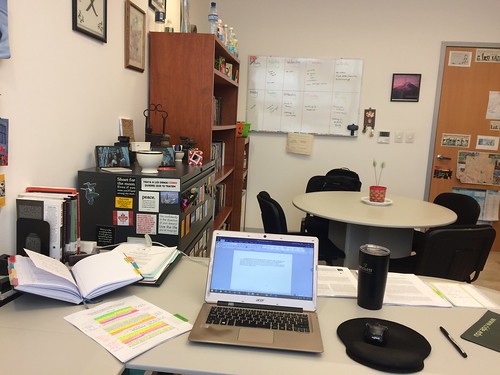












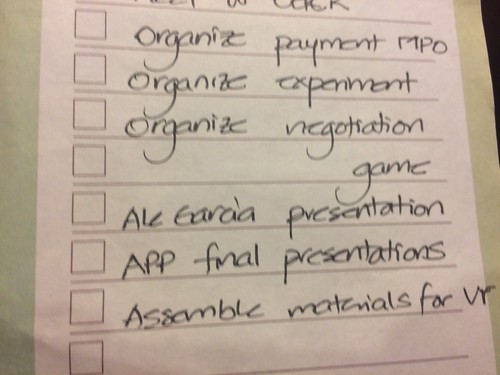


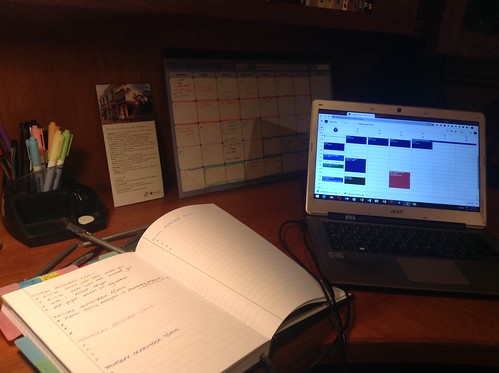
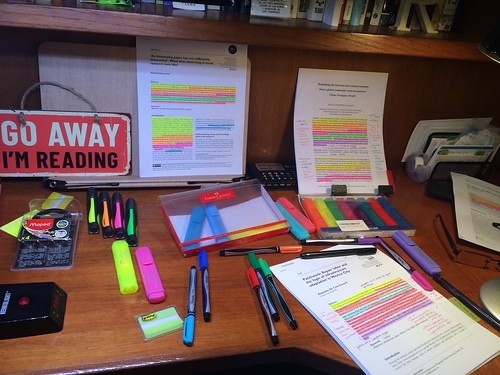


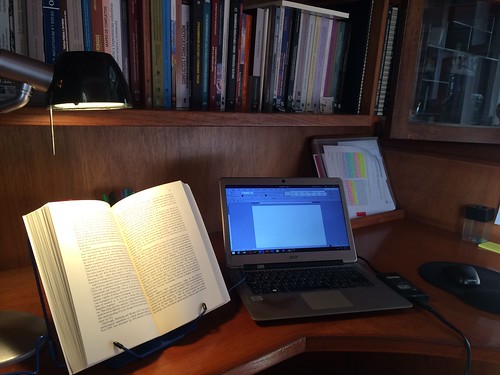










Recent Comments